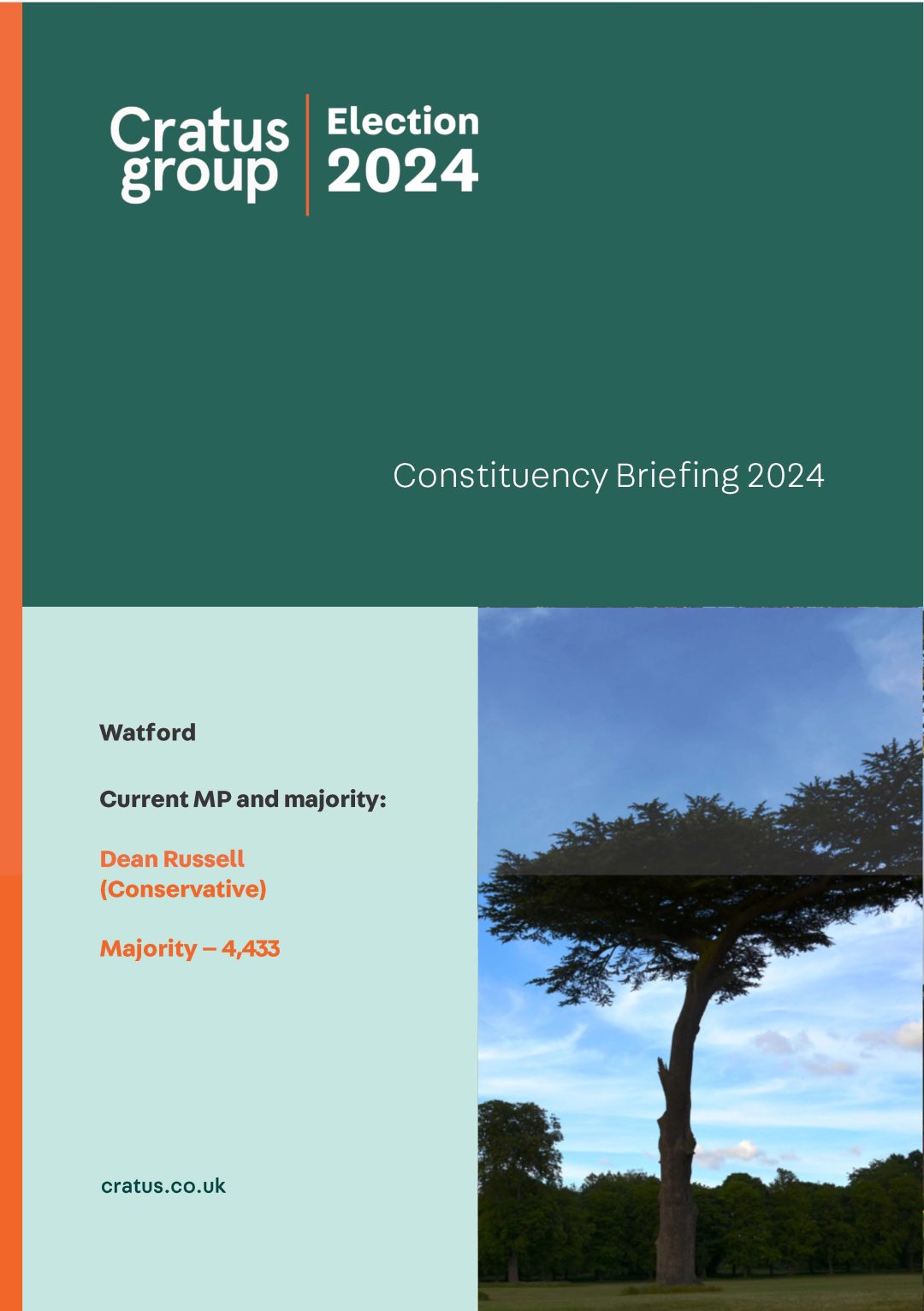We need to talk about… the Housing Delivery Test
Written by Cratus Associate, Helen Tilton
The Housing Delivery Test (HDT) results for the 2017-20 period recently published by MHCLG, show that approximately one-third of local authorities face sanctions of some kind. Just think about that for a moment… that’s 107 councils we’re talking about. If anything, the real shocker is that no-one is the least bit surprised, so accustomed have we become to failing to provide the homes people desperately need.
This year’s results include a Covid-19 adjustment reflecting the temporary disruption caused by the first national lockdown in March. As other commentators have spotted, this has been done in such a way as to create a greater allowance than the actual disruption caused – a month’s leeway for just 9 days of lockdown. As a result of the adjustment it has been reported that Windsor and Maidenhead, East Cambridgeshire, Braintree, Canterbury, Tunbridge Wells, Kirklees and Kingston-upon-Thames have avoided the 20 per cent buffer applied to their future housing requirement. One might ask who most serves to benefit from such an adjustment?
Putting aside for one moment the local authorities identified as needing to produce an Action Plan or who have a 20 per cent buffer on their housing land supply, there are 55 local authorities that will be subject to the HDT’s most severe penalty, the NPPF’s ‘Presumption in Favour’ of sustainable development.
For some Local Planning Authorities the Presumption has become something of a typical scenario rather than a new sanction. The reality of the situation is that many authorities are already vulnerable to speculative applications. Of the 55 authorities identified by the HDT 2020, MHCLG has reported that the greater proportion, 40 authorities, don’t have an up-to-date local plan. On the same day as the HDT figures were released Christopher Pincher issued a Written Ministerial Statement reminding (or perhaps we should say ‘warning’, given his reference to the recent Direction in relation to South Oxfordshire’s plan) that action will be taken where delays to plan-making have occurred.
The HDT figures show something of a spatial imbalance with all the top ten worst performers being located in London, the East and South East. Look at this further, and there is a worrying although by no means surprising trend affecting any potential improvements in housing delivery, in that 41 of the 55 local authorities are Green Belt authorities.
Brentwood, Bromsgrove, Epping Forest, Tandridge, Sevenoaks, South Bucks and St Albans have more than 80% of their total land area designated as Green Belt. Now of course this isn’t to say that the percentage of land designated as Green Belt is always the best indicator of how constrained an area is in practice. Take the example of Bristol City, where the percentage of land designated as Green Belt is actually very small, just 5.5%, but the city is heavily constrained by the adjoining Green Belt authorities.
For last year’s HDT, authorities faced the Presumption if they delivered under 45 per cent of their housing requirement. It was raised to 75 per cent this year, but does this actually achieve anything tangible? NPPF paragraph 11 footnote 6 seeks to protect certain areas or assets of particular importance such as Areas of Outstanding Natural Beauty and the Green Belt. There are therefore extensive areas of land in many of the Green Belt local authorities where the Presumption in Favour will in effect be deactivated.
This disconnect lends weight to further calls for Green Belt review. The trouble is, in terms of current political control the Presumption authorities are genuinely a ‘mixed bag’ with all to play for – and the Green Belt is, as ever, a sensitive topic and battleground of significant political consequence.
If you would like to discuss how Cratus can support your local plan promotion and the delivery of development projects in Green Belt authorities, or other locations, please contact Julian Seymour, Managing Director, Cratus Planning & Communications.







